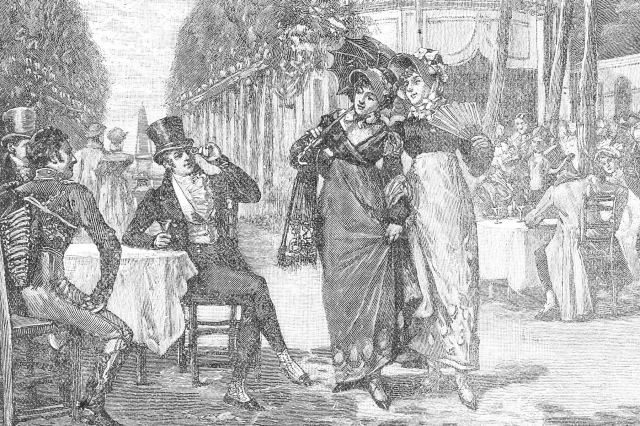Technology such as LED lighting has made lightbulbs last longer than ever, but no modern bulb even comes close to the incandescent Centennial Light, which has been glowing inside a fire station in the San Francisco Bay Area since 1901. |
| |
| |
|
 |
|
| T echnology such as LED lighting has made lightbulbs last longer than ever, but no modern bulb even comes close to the incandescent Centennial Light, which has been glowing inside a fire station in the San Francisco Bay Area since 1901. The light shines for 24 hours a day, though it has taken a few breaks here and there for power outages, renovations, and venue changes. It was first installed in a cart house — so named when fire hoses traveled on carts, not trucks — but moved to a large firehouse nearby soon after. In 1903, it moved again to a newly built station. It stayed there until 1976, when it moved to its present home in Livermore, California. At that point the bulb had been operational for 75 years, and had become a sensation; it even got a police and fire truck escort for the journey, which was slightly less than 2 miles. |
|
|
| Unsurprisingly, the bulb's survival probably boils down to good craftsmanship. The thick glass was hand-blown, and the bulb has a thick, durable carbon filament, unlike the thin tungsten filaments that became standard later. That was all mounted by hand on a sturdy brass base. Additionally, it's filled with nitrogen gas, which is gentler than the argon and krypton gas used in later incandescents. The second longest burning lightbulb, located in Fort Worth, Texas, was made by the same company, Shelby Electric. The Centennial Bulb was hooked up to its own power source in 1976, and has lost power only once since then, for a little under 10 hours. Leaving it on 24/7 may have actually contributed to its longevity, since turning a bulb on and off frequently can damage the filament. The bulb also now burns at a steady 4 watts, much lower than its original 60 watts. |
|
 |  |
|
|
 |
|
| |
|
| Livestreaming cameras outlived by the Centennial Bulb | | | 3 |
| | | Year the second longest burning lightbulb flicked on | | | 1908 |
| | | Year the second longest burning lightbulb flicked on | | | 1908 |
|
|
|
| Portion of U.S. households that used all or mostly LED lighting in 2022 | | | 47% |
| | | Approximate lumens of a 60-watt incandescent bulb | | | 800 |
| | | Approximate lumens of a 60-watt incandescent bulb | | | 800 |
|
|
|
 |
|
 | | Did you know? |
|
|
Planned obsolescence started with lightbulbs. |
|
| The Centennial Bulb's lifespan is impressive, but there's a reason few bulbs have come close. "Planned obsolescence" is the practice of designing products to need replacing. Today, we see it everywhere, especially in technology such as the latest smartphones, but it dates back about 100 years. In the mid-1920s, decades after the Centennial Light first switched on, an industry group called Phoebus engineered a 1,000-hour lifespan for incandescent bulbs so households would have to replace them more frequently. That money-making strategy became the standard from then on. |
|

















0 comments:
Post a Comment